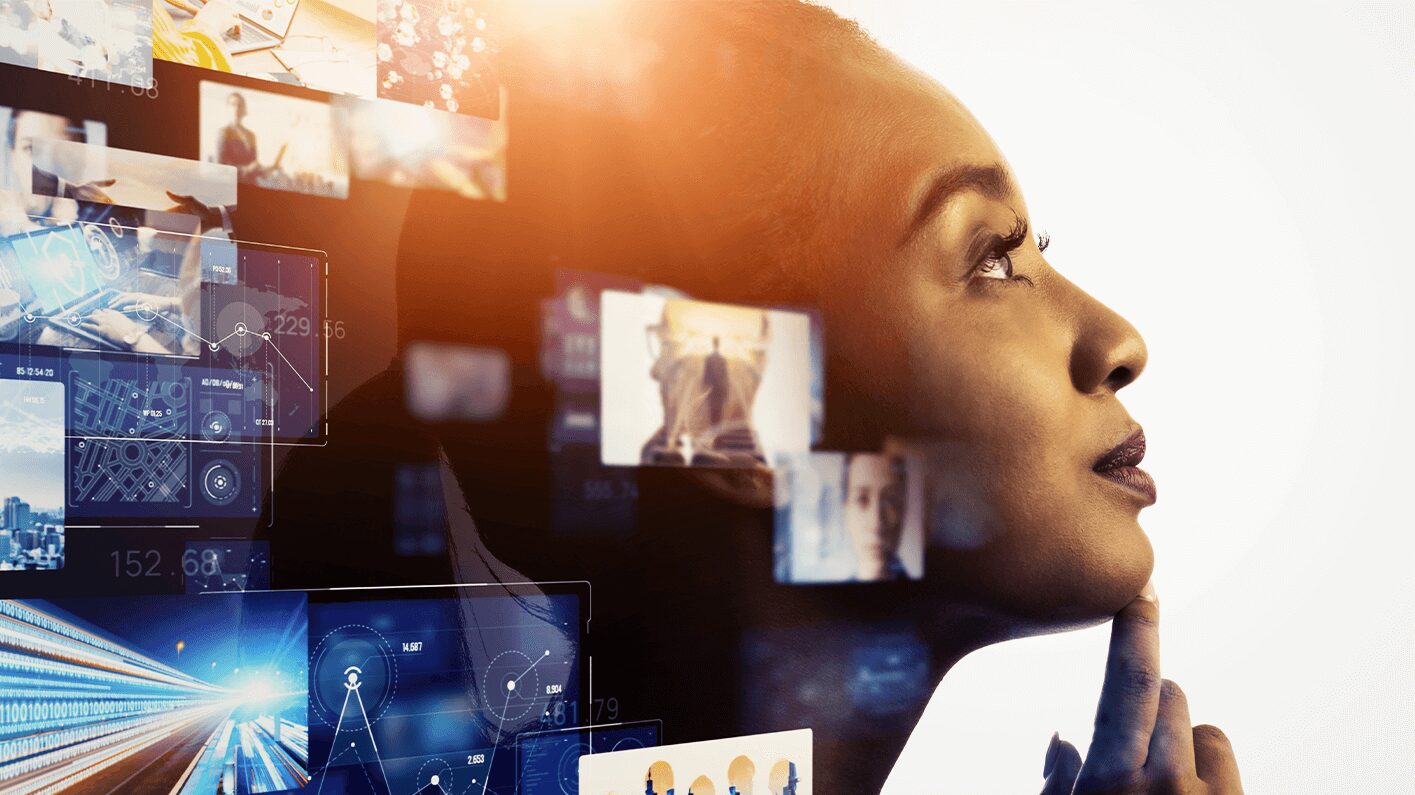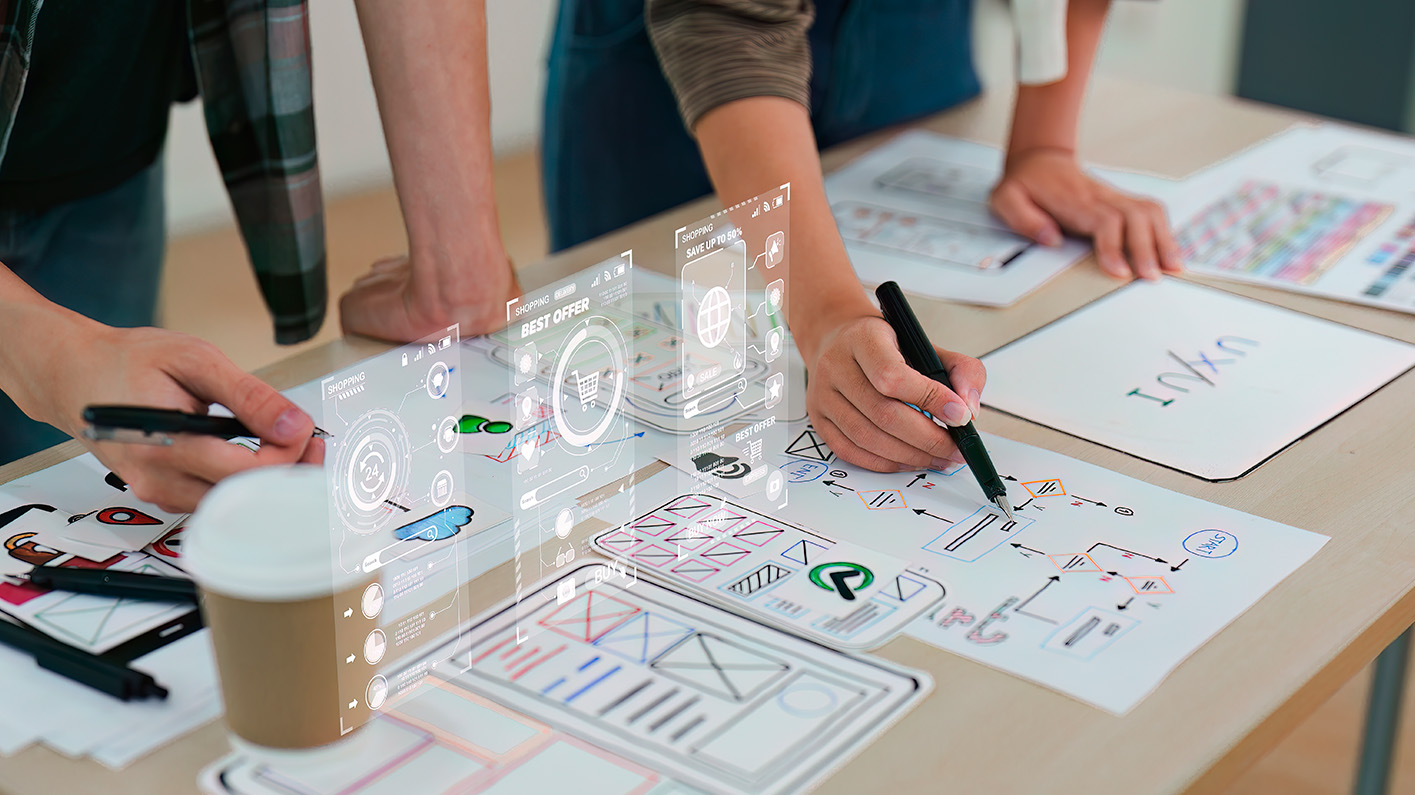When companies strive to digitally innovate, they often forget that digital starts from the inside. Argano has implemented hundreds of digital projects. Through those implementations we have learned that the companies who are most successful are those whose DNA is based on digital foundations. These foundations are part of the fabric of the organization and are embedded in all facets of the employee journey.
Mapping your Employee Journey
As a first step, successful digital companies take the time to work with their employees to map the employee journey from hire to retire. This concept comes from design thinking and is used to better understand all the interactions your people have with your company from the moment they become interested in working for you until the moment they leave.
The goal of understanding your employee’s journey when trying to drive digital innovations is to find any road blocks an employee may face, hindering them from easily doing their job, and ultimately servicing your customers. The idea is to find ways to apply digital solutions to enhance the overall employee experience.
How to Get Started
- Connect with an expert
To get started, find a User Experience expert or human-centered design thinking practitioner to facilitate a mapping workshop to get feedback from a variety of employees with different lengths of tenure from your organizational functions. - Document interactions
Walk through and document the key interactions an employee experiences such as applying, recruiting, onboarding, personal/professional development, and performance management experiences. - Assess interactions
Employees should provide feedback on every key interaction to the facilitator. Does anything make the interaction difficult? Is there an easier way? Can we simplify the process? Is the software outdated? Would a new technical solution help automate it or eliminate extra work? Could any artificial intelligence make it easier? Bots? Is the associated procedure cumbersome? - Communicate and ask questions
Ensure that all participants understand the business strategy. Ask if the interaction supports or hinders delivery of business objectives? Is it possible to make changes that make it easier to deliver on overall business imperatives. - Determine key metrics
During the mapping session, determine if there is a way to measure or capture data at any point. The ability to capture employee data can help set a base line and provide insights for future continuous improvement. Could IoT (Internet of Things) sensors be used? Should we look at number/type of calls to the IT Help Desk to see where employees are hitting productivity bumps? - Assess ability to collaborate
Explore employee’s ability to connect at the various interactions? Are automated feedback mechanisms available? Is it easy to contact or collaborate with other employees? Are experts available to help? Are there opportunities in the journey to communicate through social media? Internally or externally? Think LinkedIn, Yammer, enterprise social platforms. - Get feedback
Do functional owners of these internal capabilities proactively seek regular feedback from employees who have recently interacted with their business areas? Do your employees have opportunities to provide feedback to enhance the experience for other employees?
Once the employee experience has been documented and evaluated for improvement opportunities, develop a roadmap of enhancements that can be implemented. Continue to use employees to pilot new capabilities and to gather feedback for future iterations.
By creating a compelling digital experience for your employees, they will understand the value and want to contribute to creating the same experience for your customers. Their own internal experience will drive more digital innovations in the products and services they create and deliver. Digital talk will become second nature for your organization and digital mindsets will develop, contributing to new ways of thinking enabled by technology like Cloud, artificial intelligence (AI), Big Data, analytics, Internet of Things (IoT), social, mobile, augmented, and virtual reality and cyber systems.
Need help getting started? Contact us today to learn how Argano can help you build a digital culture to support your business transformation.
For more insights for leading successful change, download our whitepaper Business Transformation 2.0: Building Your Digital Foundation with a Mindset for Change.






